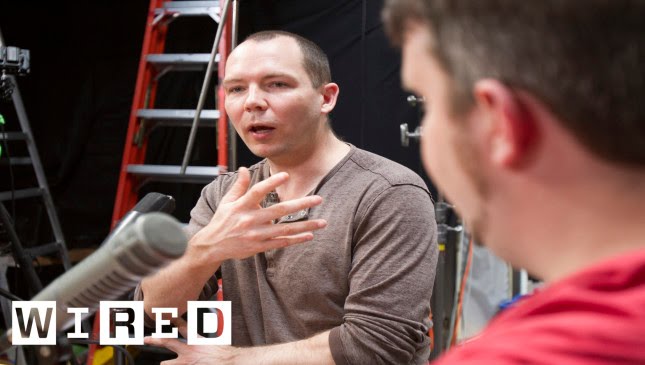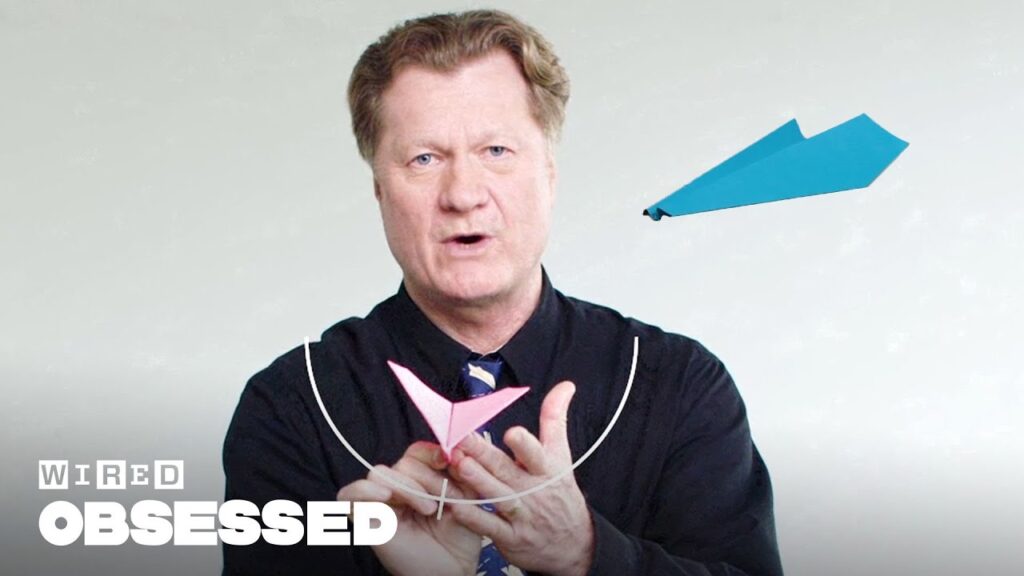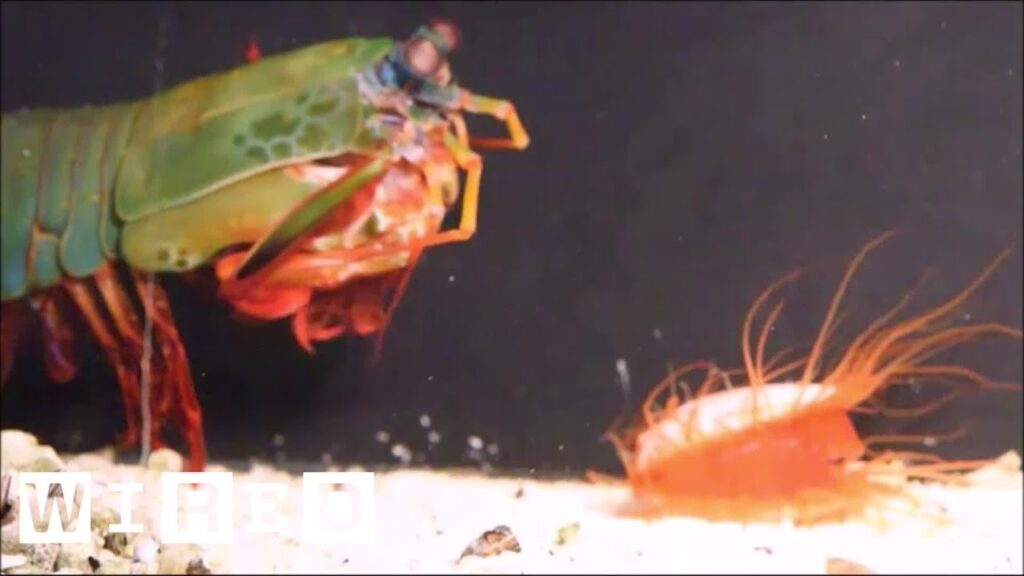Dinosaurs of Jurassic Park: A Curator’s Guide
Summary
In this article, we explore the various dinosaurs featured in the Jurassic Park film franchise, as explained by Nathan Smit, an associate curator at the Natural History Museum of Los Angeles County. From the towering Brachiosaurus to the speedy Gallimimus, we delve into the characteristics and behaviors of these prehistoric creatures.
Table of Contents
- Brachiosaurus
- Parasaurolophus
- Velociraptor
- Triceratops
- Tyrannosaurus rex
- Dilophosaurus
- Gallimimus
- Procompsognathus
- Stegosaurus
- Pachycephalosaurus
- Ceratosaurus
- Lambeosaurus
- Ankylosaurus
- Spinosaurus
Brachiosaurus
Brachiosaurus was a massive sauropod with a long neck and longer forelimbs, used for high browsing. Its vertically held neck allowed it to reach vegetation that other herbivores couldn’t, and it likely spent most of its time eating. Its size and weight would have made it difficult for predators to attack.
Parasaurolophus
Parasaurolophus was a duck-billed dinosaur with elongated crests on its head, possibly used for vocalization or display. It was a herbivore and likely traveled in herds for protection.
Velociraptor
Velociraptor was a small, fast, and intelligent predator, closely related to birds and possibly partially covered in feathers. It was depicted as a fierce hunter in the Jurassic Park films, but in reality, it likely hunted in packs and fed on smaller prey.
Triceratops
Triceratops was a large herbivore with three horns and a frill on its back, often depicted alongside Tyrannosaurus. It likely used its horns for defense against predators and possibly for intraspecies combat.
Tyrannosaurus rex
Tyrannosaurus rex was the largest predatory dinosaur known for a long time and still popularly portrayed as the top dinosaur, though recent discoveries have shown other species vying for the title. T. rex had poor vision but likely had well-developed senses of smell and other senses. It was a formidable predator with massive jaws and teeth, capable of taking down large prey.
Dilophosaurus
Dilophosaurus, portrayed in the film as having a large frill and spitting poison, was likely larger and scarier in reality, but without those features. It was a carnivorous dinosaur that likely fed on smaller prey.
Gallimimus
The Gallimimus is a speedy dinosaur that is famous for its appearance in Jurassic Park, where it is shown herding through an open field and fleeing from a hungry T-Rex. It was a herbivore and likely traveled in herds for protection.
Procompsognathus
Procompsognathus is a small carnivorous dinosaur that plays a major role in the movie and may have hung out in large groups. Its small size and agility would have made it difficult for predators to catch.
Stegosaurus
Stegosaurus is an armor-plated dinosaur with spikes on its tail, which was likely used as a defensive weapon. The purpose of the plates on its back is still unknown, but they may have been used for thermoregulation or display.
Pachycephalosaurus
Pachycephalosaurus is a member of the Pachycephalosaur group, known for their big domed heads that may have been used for head-butting. It was a herbivore and likely used its thick skull for intraspecies combat.
Ceratosaurus
Ceratosaurus is a carnivorous dinosaur with a horn on the tip of its snout, and represents an evolutionary lineage that is separate from most other carnivorous dinosaurs. It likely fed on smaller prey and used its horn for defense or intraspecies combat.
Lambeosaurus
Lambeosaurus is a plant-eating dinosaur with a high-domed crest. The purpose of the crest is still unknown, but it may have been used for vocalization or display.
Ankylosaurus
Ankylosaurus is a heavily-armored quadruped with a robust tail club that was likely used for defense. Its armor would have made it difficult for predators to attack, and its tail club could deliver a powerful blow.
Spinosaurus
Spinosaurus is recognized by its huge sail and belongs to a group of semi-aquatic dinosaurs that likely spent time near water and fed on large fish. It was a formidable predator and may have even hunted other dinosaurs.
Conclusion
The dinosaurs of the Jurassic Park franchise have captured the imagination of audiences for decades. While some of the depictions in the films may not be entirely accurate, the scientific understanding of these prehistoric creatures continues to evolve. Thanks to the work of curators like Nathan Smit, we can learn more about these fascinating animals and the world they inhabited millions of years ago.







